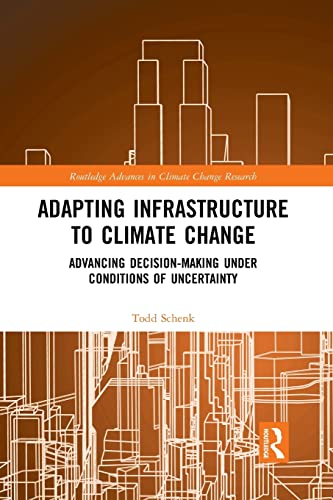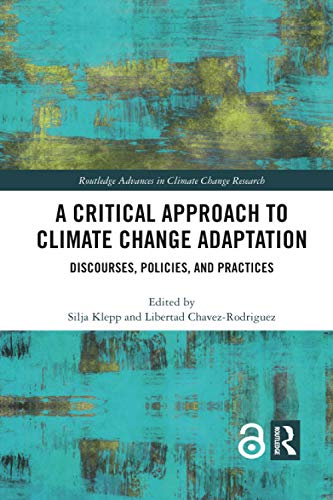Description
Climate predictions – and the computer models behind them – play a key role in shaping public opinion and our response to the climate crisis. Some people interpret these predictions as ‘prophecies of doom’ and some others dismiss them as mere speculation, but the vast majority are only vaguely aware of the science behind them. This book gives a balanced view of the strengths and limitations of climate modeling. It covers historical developments, current challenges, and future trends in the field. The accessible discussion of climate modeling only requires a basic knowledge of science. Uncertainties in climate predictions and their implications for assessing climate risk are analyzed, as are the computational challenges faced by future models. The book concludes by highlighting the dangers of climate ‘doomism’, while also making clear the value of predictive models, and the severe and very real risks posed by anthropogenic climate change.
- Provides a plain-language, non-mathematical explanation of climate prediction aimed at a general audience, with only a basic understanding of science required
- Enables readers to gain an understanding of the scientific basis of climate models, allowing them to better interpret climate predictions discussed in the popular media and scientific literature
- Explains the historical context and philosophical foundations of climate prediction, furthering an understanding of how climate science stands in relation to other disciplines
- Analyses the different types of uncertainties underlying climate prediction to assess the impacts and risks of climate change
- Makes clear the value of predictive models, and the severe and very real risks posed by anthropogenic climate change






